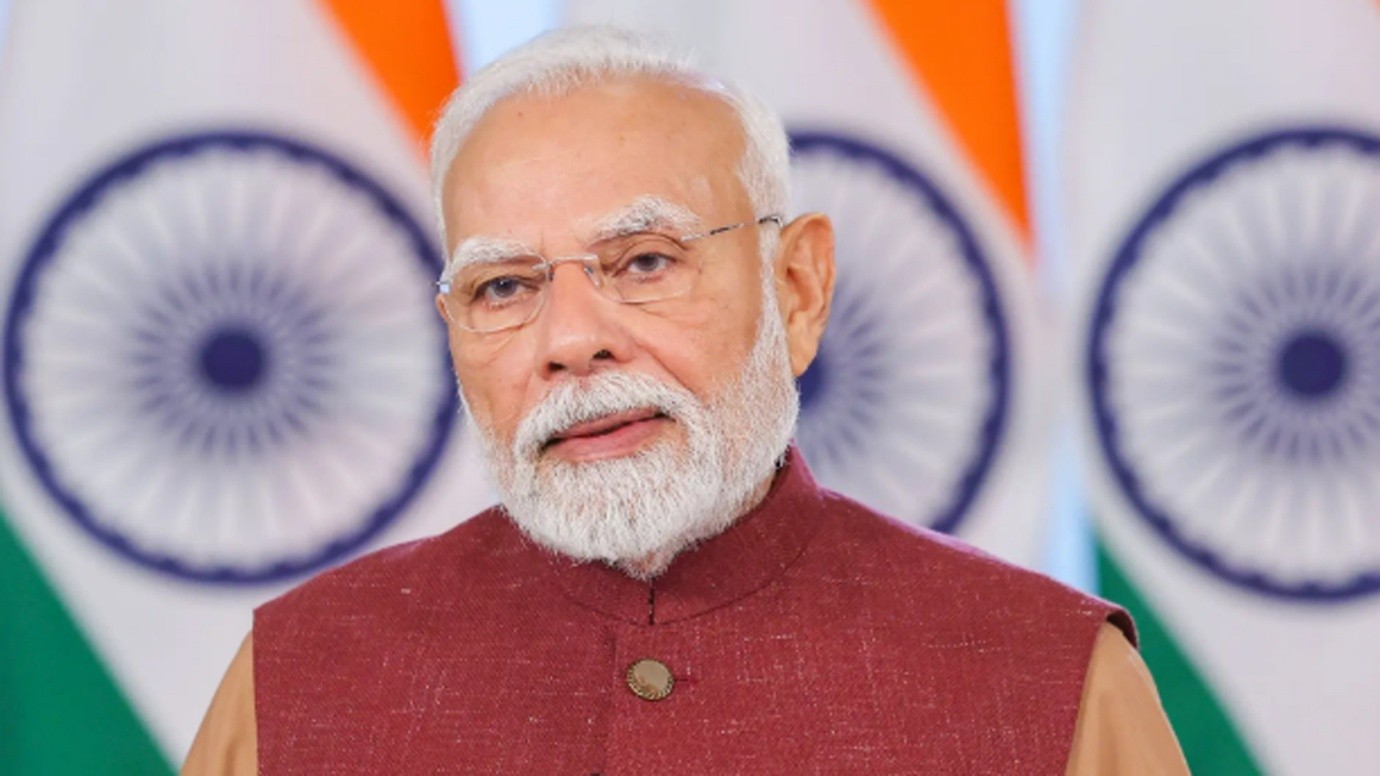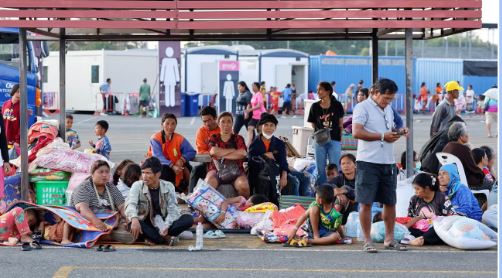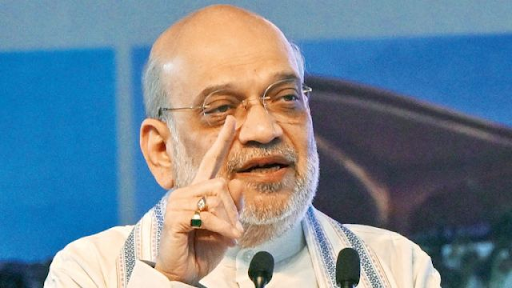Description
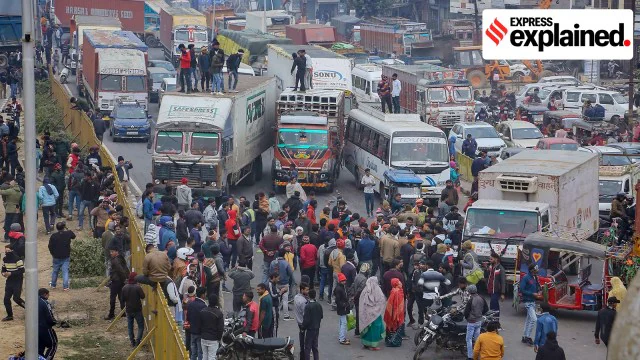
Copyright infringement not intended
Picture Courtesy: indianexpress.com
Context: The protests by truck, bus, and tanker drivers across several states in India are in response to the newly implemented Bharatiya Nyay Sanhita (BNS) for hit-and-run cases.
Details
New Law Details
- The law replaces the colonial-era Indian Penal Code and imposes stringent penalties on drivers causing serious accidents who flee without informing the police. Offenders could face up to 10 years in prison or a fine of Rs 7 lakh.
Reasons for Protest
- The new law imposes severe penalties, including up to 10 years of imprisonment or a fine of Rs 7 lakh, on drivers involved in serious road accidents who flee the scene without informing the authorities.
- Transport operators argue that the law may unfairly penalize drivers and could expose them to mob violence, especially when attempting to transport the injured to hospitals. They believe this may discourage drivers and lead to unjust punishments.
- Protestors are demanding that such significant decisions should involve consultations with stakeholders. They feel that there was no prior discussion or consultation regarding the implementation of these stringent regulations.
Impact of the Strike
- Since January 1, protestors have blocked roads and highways, disrupting vehicle movement and impacting fuel supply.
- In Madhya Pradesh, nearly five lakh vehicles were reportedly affected by the strike.
- Long queues formed at petrol pumps in various states, including Himachal Pradesh and Maharashtra.
- Highways were obstructed in several districts of Gujarat on Monday.
Demands of Protestors
- The All India Motor & Goods Transport Association demands discussions and consultations with stakeholders before implementing such laws. They highlight the need for transparency and awareness among the public regarding the new regulations.
- Protestors emphasize the importance of prior meetings and consultations before introducing laws that impact the transportation sector. They express concerns about the lack of awareness and understanding among the public regarding the implications of the new law.

Bharatiya Nyay Sanhita (BNS) for hit-and-run cases
- Hit-and-run cases are those where the driver of the vehicle that caused the road crash flees the scene without reporting to authorities or helping the injured.
- According to the Ministry of Road Transport and Highways, India recorded 1.51 lakh road deaths in 2019, of which 50,000 were due to hit-and-run incidents. Currently, the accused in hit-and-run cases are tried under Section 304A of the Indian Penal Code (IPC), which provides for penalties of up to two years in jail.
Features
- The Bharatiya Nyay Sanhita (BNS) was passed by Parliament in December 2023 and will replace the IPC, aiming to curb the menace of hit-and-run accidents by introducing stricter penalties and incentives. The BNS has created two categories under "causing death by negligence":
- Whoever causes death by doing any rash or negligent act not amounting to culpable homicide, shall be punished with jail of up to five years and a fine.
- Whoever causes death by rash and negligent driving not amounting to culpable homicide, and escapes without reporting it to a police officer or a magistrate soon after the incident, shall be punished with up to 10-year imprisonment and fine.
- The BNS also provides leniency for those who voluntarily inform the police and assist the injured. The law also empowers the police to seize the vehicle involved in the accident and suspend the driving license of the accused.
Significances
- It will deter drivers from fleeing the scene of accidents and encourage them to report and help the victims.
- It will increase the chances of identifying and prosecuting the offenders and provide compensation and relief to the victims and their families.
- It will reduce the burden on the courts and speed up the disposal of cases.
- It will create awareness among the public about their rights and duties as road users.
- It will align India's laws with international standards and best practices on road safety.
Other Steps taken to improve its road safety
- Amending the Motor Vehicles Act in 2019 to increase penalties for traffic violations and enhance protection for good samaritans.
- Launching the National Road Safety Policy in 2014 to provide a framework for coordinated action by various stakeholders.
- Implementing various schemes and programs such as Pradhan Mantri Surakshit Sadak Yojana, Bharatmala Pariyojana, Sukhad Yatra App, etc. to improve road infrastructure, technology, enforcement, and public awareness.
- Ratifying international conventions such as the Brasilia Declaration on Road Safety in 2015 and the Stockholm Declaration on Road Safety in 2020.
Challenges
- Lack of adequate data collection, analysis, and dissemination on road accidents and their causes, impacts, and trends.
- Lack of coordination and cooperation among various agencies and departments involved in road safety management at different levels.
- Lack of capacity and resources for effective enforcement, investigation, prosecution, adjudication, and compensation of road accidents.
- Lack of awareness and compliance among road users about their rights and responsibilities as well as the existing laws and rules.
- Lack of social support and empathy for the victims and their families as well as the good Samaritans who help them.
Way forward
To overcome these challenges and achieve the vision of zero road fatalities in India, there is a need for a holistic and multi-sectoral approach that involves all stakeholders such as government, civil society, private sector, media, academia, etc. Some of the possible actions that can be taken are:
- Strengthening data systems and evidence-based policymaking on road safety issues.
- Enhancing inter-agency coordination and collaboration at national, state, and local levels through dedicated bodies or mechanisms.
- Building capacity and accountability of law enforcement agencies, judiciary, health sector, insurance sector, etc. for effective implementation of road safety laws and programs.
- Increasing public awareness and education on road safety issues through campaigns, curriculum, media, etc.
- Promoting a culture of road safety among all road users through behavioural change interventions, incentives, and recognition.
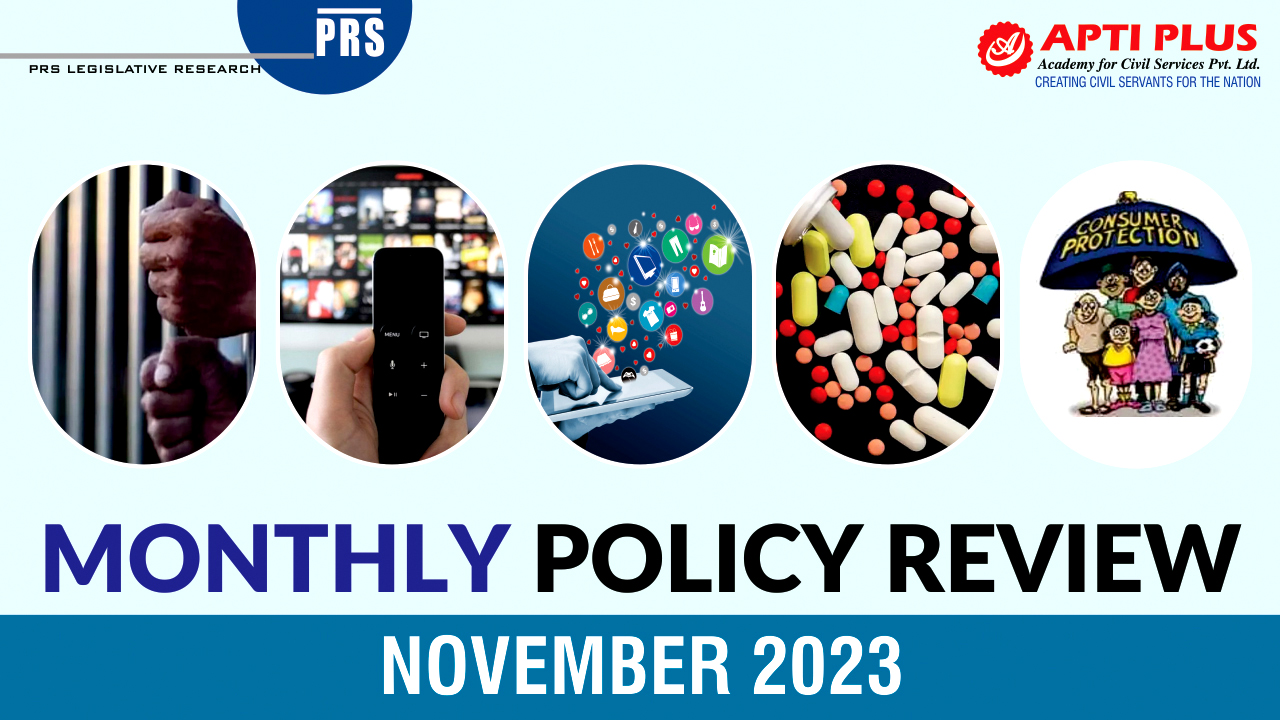
Conclusion
- The Bharatiya Nyay Sanhita (BNS) for hit-and-run cases is a landmark law that aims to reduce the incidence and impact of road accidents in India. It is expected to bring justice and relief to the victims and their families as well as deter and punish the offenders. However, the law alone is not enough to ensure road safety and justice for all. There is a need for comprehensive and coordinated action by all stakeholders to address the root causes and challenges of road safety in India.
Must Read Articles:
Overhaul of British-Era Criminal Laws: https://www.iasgyan.in/daily-current-affairs/overhaul-of-british-era-criminal-laws
Revised Criminal Reform Bills: https://www.iasgyan.in/daily-current-affairs/revised-criminal-reform-bills
Goi’s Report On Road Accidents: https://www.iasgyan.in/daily-current-affairs/gois-report-on-road-accidents
Road Accidents And Road Safety In India: https://www.iasgyan.in/daily-current-affairs/road-accidents-and-road-safety-in-india
|
PRACTICE QUESTION
Q. How effective have recent initiatives been in improving road safety in India, and what are the key challenges that still need to be addressed to significantly reduce accidents and fatalities?
|







